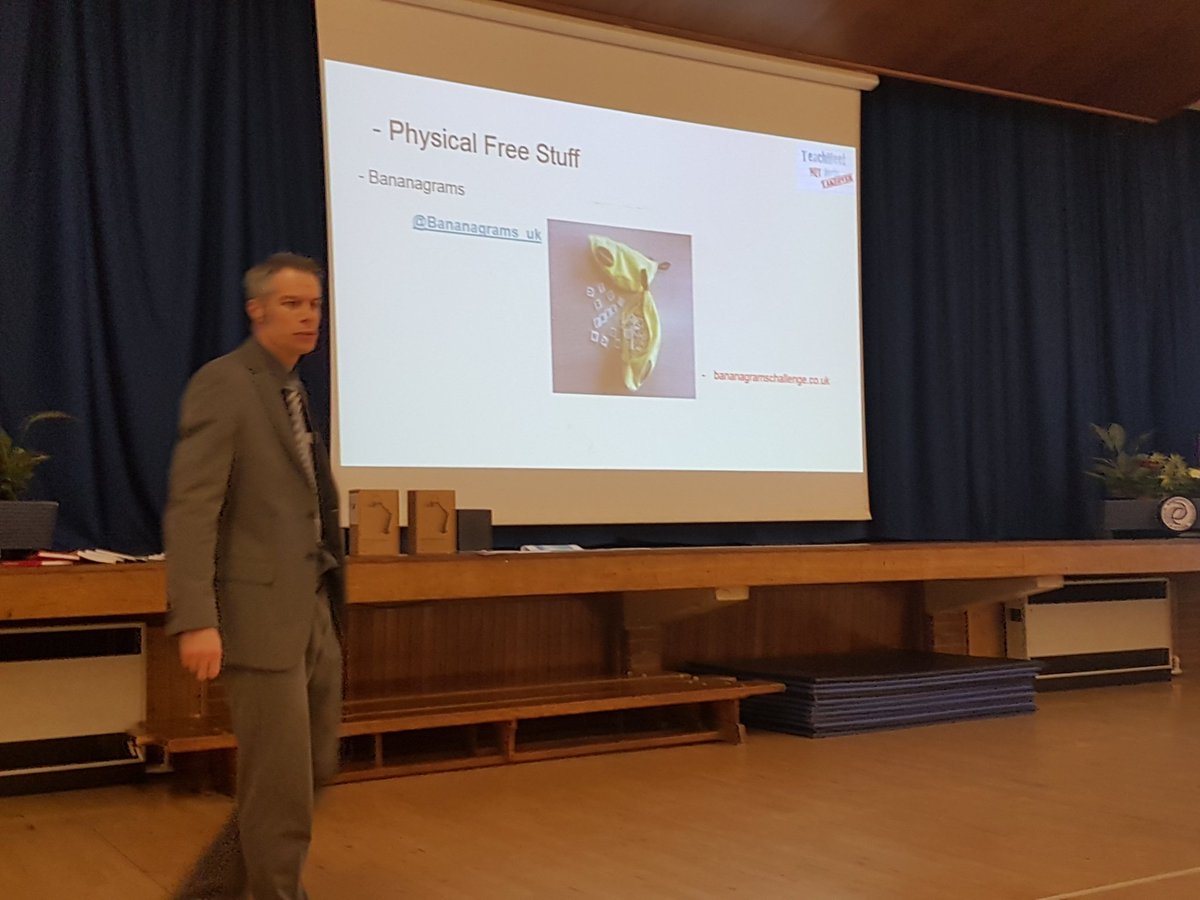Last week, my mind was cast back a number of years. A few years back, we were researching, designing and then making our own biscuits. During the 'research' stage, a Year Five boy explained to me how he was evaluating the biscuits I'd provided "Like they do on Bake Off". Genius! So, the lesson stopped, the previous night's Bake Off went on and our evaluating and vocabulary improved. Instead of mostly eating their way through biscuits and saying "nice", "nicer", "not so nice" and so on, children were now commenting on the snap, appearance and much more than just the taste and their personal opinions.
Image credit: Little Bakery
Last week, I thought about how the baking on Bake Off was evaluated. Such depth could be used to improve all evaluating and in particular peer assessments and reviews. Watch and example of how to evaluate baking before evaluating something.








